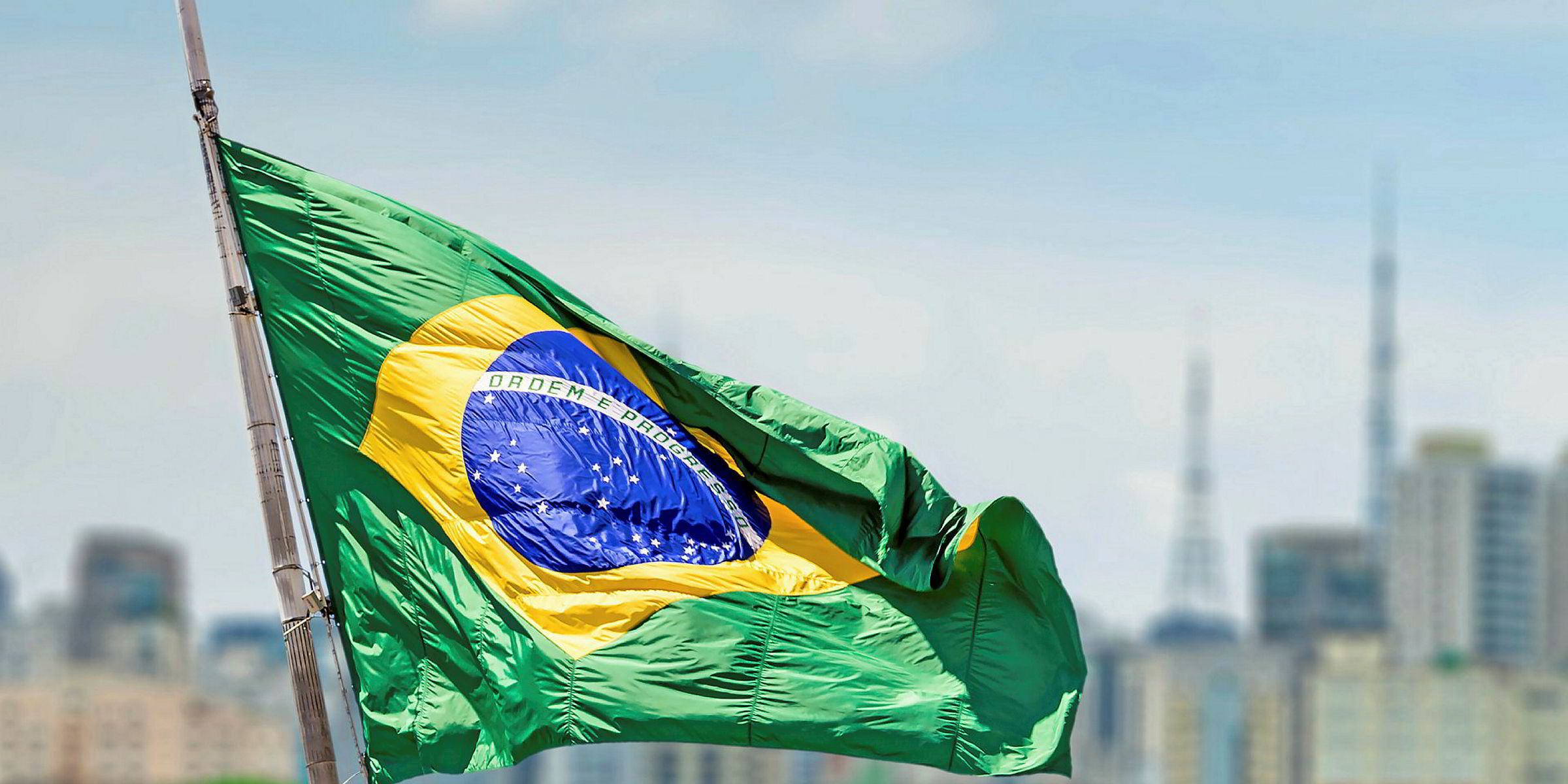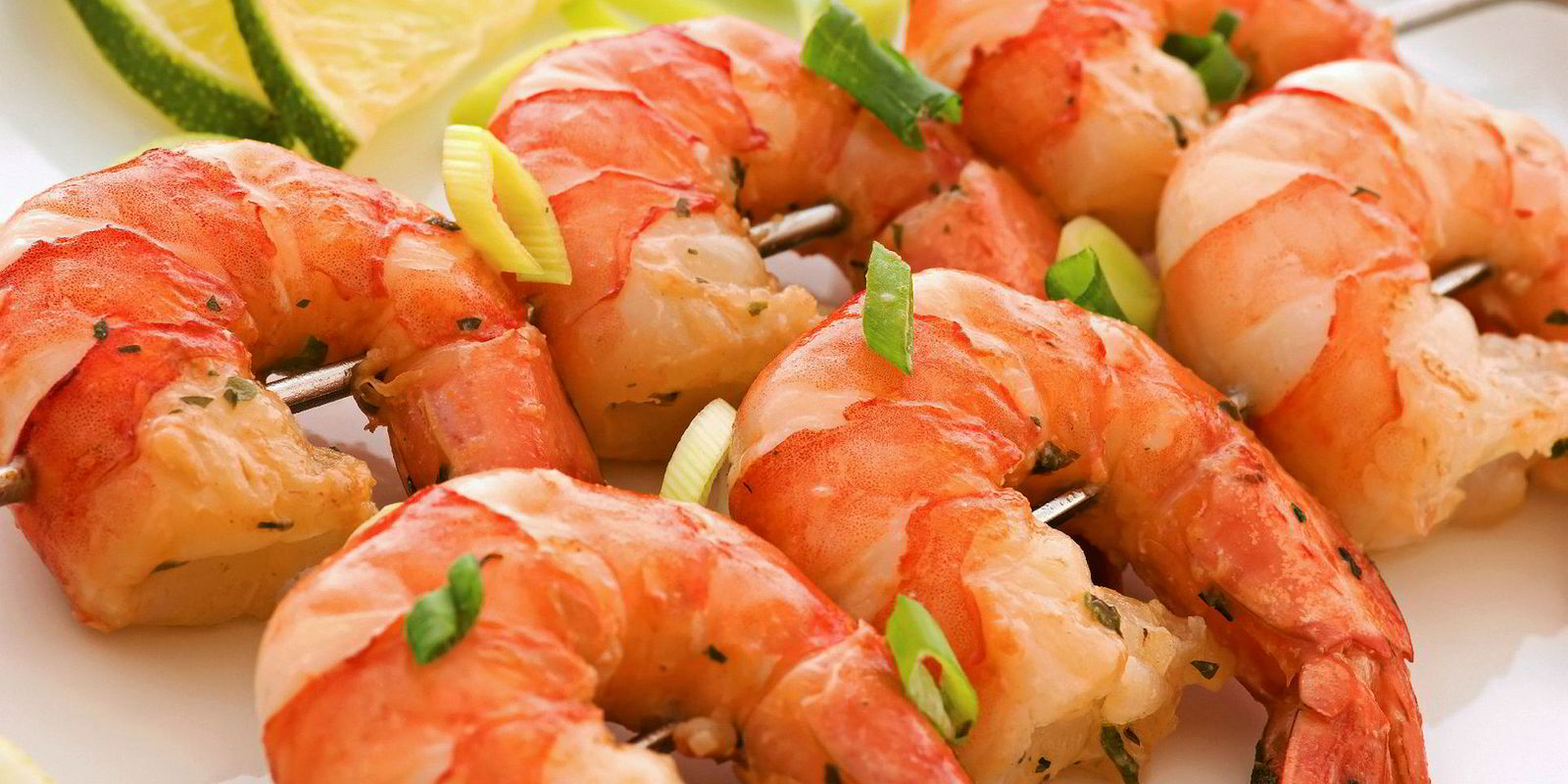While previously imported fish could enter Brazil with few restrictions and little scrutiny or analysis of chlorine, phosphate or water content, the country is undergoing a transition in this regard.
The government introduced measures early in 2017 demanding products must undergo the same rigorous processes as those produced domestically.
Noticeably, a resulting crackdown on imports of products containing water retention agent sodium tripo-lyphosphate (STPP), has hit imports of double frozen pollock fillets from China into Brazil this year.
In addition, according to the Brazilian seafood processors association ABIPESCA, in the last two years consumption of Asian and Chinese pollock has fallen by 18,000 metric tons as Brazilian consumers tire of chemically infused fish, with Chinese imports of pollock down by 40 percent.
"The Brazilian seafood market is going through a very important moment of transition because of increased scrutiny of chemicals contained in imported seafood,” said ABIPESCA Vice-President Guilherme de Abreu Blanke.
In 2003, Brazil imported $250,000 (€211,717) worth of fish and seafood from China but by 2015/16 that figure had climbed to $270 million (€229 million), practically the same amount of revenue the Brazilian processers were losing out on because of water contained in Chinese products, ABIPESCA calculates.
But the evolution of Brazil’s seafood market has many seafood industry watchers optimistic about the future of fish and shellfish sales in the country.
To help you understand the major shifts in Brazil’s consumer seafood market, IntraFish has prepared “Brazil’s Seafood Market: A new Dawn.” This 46-page report provides a comprehensive analysis of Brazil’s seafood market, including information on seafood consumption, production, sustainability and trade.
The report includes:
- An overview of macro trends affecting Brazil’s seafood sector
- A review of the country's recent economic and political challenges
- An analysis of Brazil’s seafood sustainability progress
- A review of trade issues and their impact on Brazil’s seafood supply
- An analysis of Brazil’s consumer market, with special focuses on cod, salmon, sardines and sushi
- A comprehensive review of Brazil’s aquaculture industry
- Profiles of over two dozen of the country’s leading seafood companies.
---
Email us here to see a preview of the report, or to order and download today.


